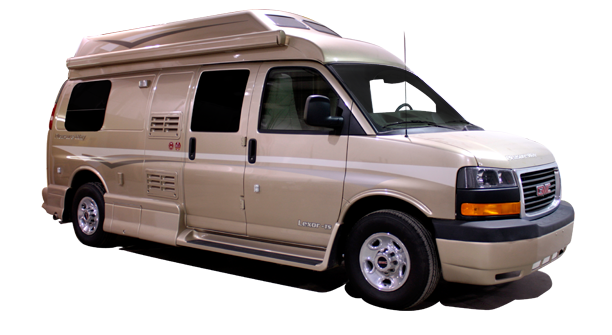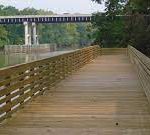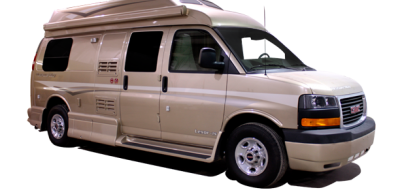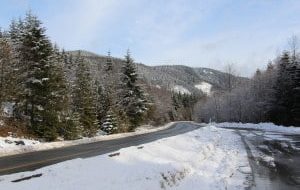 De-winterizing your RV is generally done in the spring when freezing temperatures are no longer an issue or when heading down out of cold weather to warmer climate destinations.
De-winterizing your RV is generally done in the spring when freezing temperatures are no longer an issue or when heading down out of cold weather to warmer climate destinations.
If you used RV antifreeze, as opposed to purging the lines with compressed air, you will need to rinse the lines thoroughly. Do not open the water flow to the heater at this time. However, you can reinstall the drain plug or element that was removed to drain the water heater in the fall. Again, leave the water heater by-passed at this time.
After closing all drains in the system and water tank, fill the reservoir with fresh water. Now turn on the water supply and operate the taps inside the cabin, one at a time to clean the pink colored antifreeze from the lines of each. Once the water appears clear and no antifreeze can be smelled, turn off the supply. You can now install any filter elements that you may have removed when you winterized the unit in the fall. Also you can now turn off the hot water heater by-pass and allow water to enter the device. At this time check for any leaks at the lines, drain plugs and filter housings.
Turn the water supply back on and open the hot water taps one at a time. It will take several minutes for the water to fill and displace the air in the hot water tank. Once all the hot water taps flow well with all the air expelled, the electric heater switch can be turned on. Don’t forget the shower taps and washing machine, if applicable.
While running water in each sink, look beneath the bowl to ensure that the drain trap is not leaking. If in the fall you missed pouring some antifreeze in the sink drains, it is very possible to have a cracked trap.
Even after flushing the lines you will experience a foaming of the water when it comes out of the taps and a slight taste caused by the propylene glycol. This will last for a day or two. The use of bottled water for coffee or other human consumption is recommended at least until all traces have been thoroughly removed.
Okay, now for a final check. Shut off any outside water supply and turn on the electric demand pump. Be sure all taps are closed tightly. Now once the pump has reach full operating pressure it will stop running. Sit and listen for several minutes. You should not hear the pump start. If you do, you have either an external leak from a line or component, or a leak back within the pump assembly through a check valve. Correct as required. Hopefully, all is good.









Pingback: 10 RV Spring Maintenance Chores to Tackle Now - RV Living
Owen Evans
Where do u drain the winterized fluid? I dont want tty o discharge the material on the ground.
jeanne
Where do you empty the holding tank full of anti freeze? Do you take it to a campground or wait till your first compost before dumping.